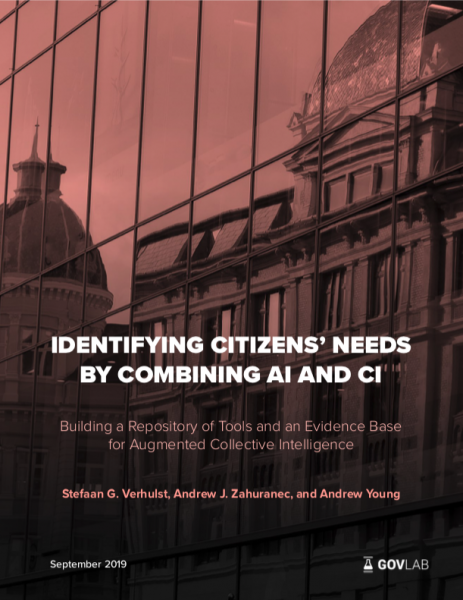Paula Forteza at apolitical: “Better planning of public transport, protecting fish from intensive fishing, and reducing the number of people killed in car accidents: for these and many other public policies, data is essential.
Data applications are diverse, and their origins are equally numerous. But data is not exclusively owned by the public sector. Data can be produced by private actors such as mobile phone operators, as part of marine traffic or by inter-connected cars to give just a few examples.
The awareness around the potential of private data is increasing, as the proliferation of data partnerships between companies, governments, local authorities show. However, these partnerships represent only a very small fraction of what could be done.
The opening of public data, meaning that public data is made freely available to everyone, has been conducted on a wide scale in the last 10 years, pioneered by the US and UK, soon followed by France and many other countries. In 2015, France took a first step, as the government introduced the Digital Republic Bill which made data open by default and introduced the concept of public interest data. Due to a broad definition and low enforcement, the opening of private sector data is, nevertheless, still lagging behind.
The main arguments for opening private data are that it will allow better public decision-making and it could trigger a new way to regulate Big Tech. There is, indeed, a strong economic case for data sharing, because data is a non-rival good: the value of data does not diminish when shared. On the contrary, new uses can be designed and data can be enriched by aggregation, which could improve innovation for start-ups….
Why Europe needs a private data act
Data hardly knows any boundaries.
Some states are opening like France did in 2015 by creating a framework for “public interest data,” but the absence of a common international legal framework for private data sharing is a major obstacle to its development. To scale up, a European Private Data Act is needed.
This framework must acknowledge the legitimate interest of the private companies that collect and control data. Data can be their main source of income or one they are wishing to develop, and this must be respected. Trade secrecy has to be protected too: data sharing is not open data.
Data can be shared to a limited and identified number of partners and it does not always have to be free. Yet private interest must be aligned with the public good. The European Convention on Human Rights and the European Charter of Fundamental Rights acknowledge that some legitimate and proportional limitations can be set to the freedom of enterprise, which gives everyone the right to pursue their own profitable business.
The “Private Data Act” should contain several fundamental data sharing principles in line with those proposed by the European Commission in 2018: proportionality, “do no harm”, full respect of the GDPR, etc. It should also include guidelines on which data to share, how to appreciate the public interest, and in which cases data should be opened for free or how the pricing should be set.
Two methods can be considered:
- Defining high-value datasets, as it has been done for public data in the recent Open Data Directive, in areas like mobile communications, banking, transports, etc. This method is strong but is not flexible enough.
- Alternatively, governments might define certain “public interest projects”. In doing so, governments could get access to specific data that is seen as a prerequisite to achieve the project. For example, understanding why there is a increasing mortality among bees, requires various data sources: concrete data on bee mortality from the beekeepers, crops and the use of pesticides from the farmers, weather data, etc. This method is more flexible and warrants that only the data needed for the project is shared.
Going ahead on open data and data sharing should be a priority for the upcoming European Commission and Parliament. Margrethe Vestager has been renewed as Competition Commissioner and Vice-President of the Commission and she already mentioned the opportunity to define access to data for newcomers in the digital market.
Public interest data is a new topic on the EU agenda and will probably become crucial in the near future….(More)”.

